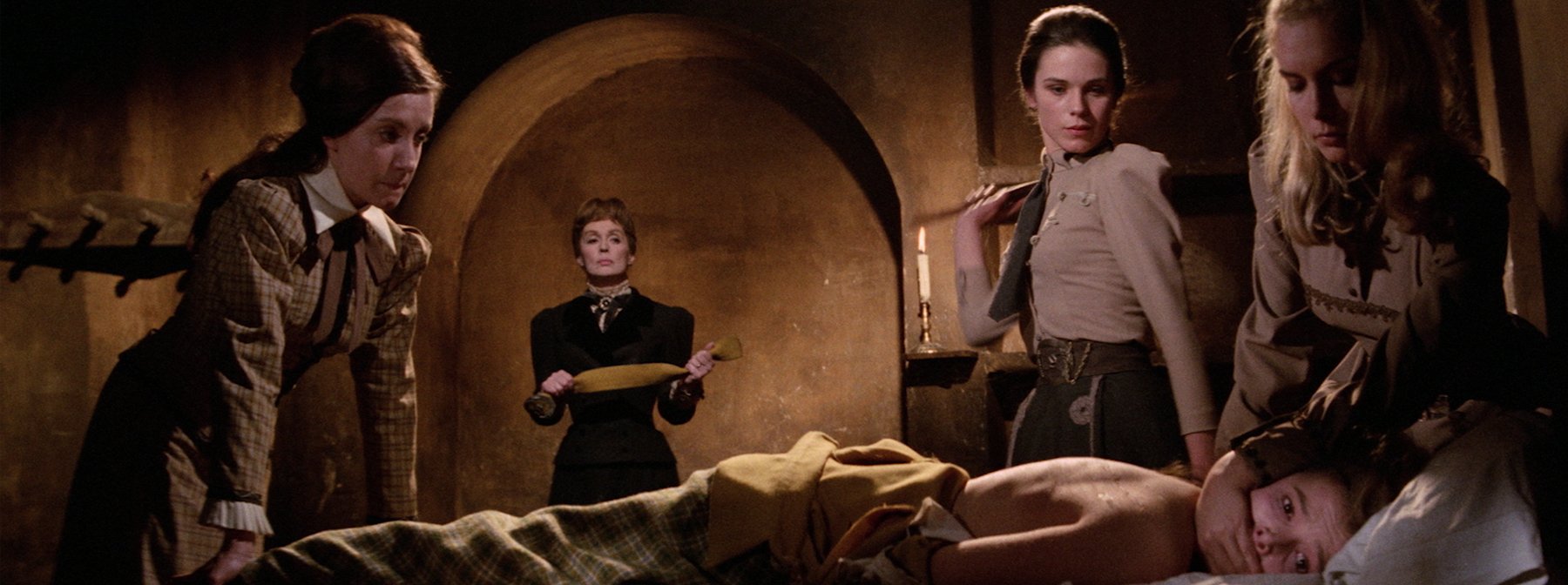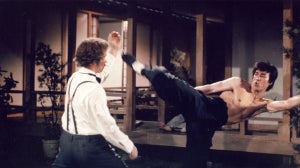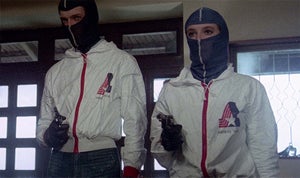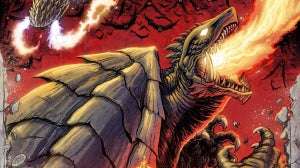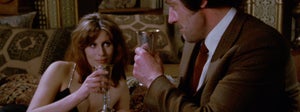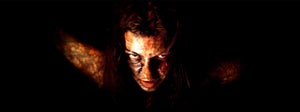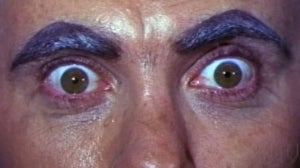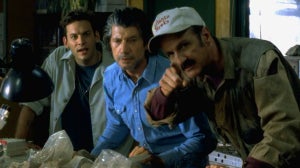
The long-awaited release of Narciso Ibáñez Serrador’s creepy and sadistic chiller La Residencia AKA The House that Screamed (1969) provides the ideal excuse for a brief exploration into the strange, often harrowing world of the Spanish horror movie. While often overlooked when compared to the plethora of cult classics to have poured out of its nearby European partner, Italy, Spain has still offered up a substantial menu of horrific delights for our delectation, sun-drenched and spattered with a stranger’s blood, its history of scary movies is one tinged with sexual promise, terrifying taboo and religious and political overtones. From Jess Franco’s cheeky period-set Eyes Without a Face (1960) rip-off The Awful Dr. Orloff (1962) to the more recent REC (2007) and del Toro’s The Devil’s Backbone (2001), fascinating gems of a bloody, inflammatory, or ghostly nature have long since emanated from the land of Costa del Sol.
However, Spain’s connection to the cinematic world has often been loose and slightly uncomfortable. Though during the silent era, the country reveled in the new art form with pioneers like Luis Bunuel and Ernesto Gimenez forming the first cine club in Madrid, the introduction of the talkies saw a slowdown in production with Spanish filmmakers seemingly struggling with the brand-new technology. Added to this the 1936 military coup and the ensuing Civil War devastated the country and the industry, with only around 10% of the silent films surviving in the aftermath. The battle between the Republicans and Nationalists raged from 1936-1939 and with the Nationalist Franco regime eventually declaring victory, this led to an even starker era of propaganda with art forms and media outlets being stripped of their critical prowess under their esteemed leaders damaging cult of personality and egotistical whims. Cinema, of course, suffered too, like Italy whose bland ‘white telephone’ melodramas sought to quell any anti-fascist appetites, Spain also tried to placate a highly-controlled population by offering an endless string of harmlessly light-hearted non-subversive child-starring features.
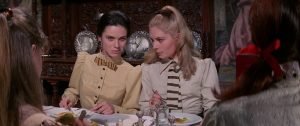
But by the 1950s, as with France, Italy, and the UK, we began to see output that was much more critical in tone. The 1960s and 1970s also saw Spain develop a new cinematic life with its array of co-productions with other countries. The Italian ‘Spaghetti’ westerns for instance were often filmed in Spain to cut costs, but this also led to an influx of cheap exploitation efforts like the German/Spanish-made feature Vampyros Lesbos (1971) or perhaps more notably, Amando de Ossorio’s infamous Tombs of the Blind Dead (1972). Gloomy, terrifying, and sexually sensational in a way that only films coming out of the 70s could be, Ossorio’s deathly feature with its murderous zombie monks, might also be seen as a thinly veiled attack on Catholic Franco’s dying regime. Other homegrown pieces from this era also took challenged the dominance of American or British horror movies, offering an alternative, uniquely Mediterranean kind of chills. Jorge Grau’s brilliantly effective corpse fest, The Living Dead at the Manchester Morgue (1974), provided a distinctly European slant on the zombie mythology, easily eclipsing what had gone before, to serve up a graphically horrible and intelligent update of this graveyard-focussed sub-genre. But while Ossorio and Grau gave us twisted versions of existing horror tropes, other directors sought to create a different kind of terror that leaned heavily on our morbid desires, sexual hang-ups, and psychological anxieties.
One such man was ex-comic book scribbler, Jose Ramon Larraz, who concentrated mainly on more cerebral fears when he doled out movies like Whirlpool (1970) and The House That Vanished (1973). However, it would be his England-set feature, starring a blank-eyed Angela Pleasence which would get to grips with the idea of a genuinely disturbing cinematic disintegration of the mind. Often feeling like one of those terrifying public information films and immersed in the horrors of M.R. James and dotted with fragments of Lovecraft and Machen, Symptoms (1974) is an uncomfortable yet fascinating glimpse into the miserable experience of the film’s wretched protagonist Helen.
https://www.youtube.com/watch?v=NoKr3DbGBpo
But, arguably it would be Serrador himself who would offer the biggest gut punch when he unleashed the devastatingly unsettling Who Can Kill a Child (1976). Set on a remote Spanish island it follows a young holidaying English couple out to recapture their carefree past. What they find though is a place where all the adults have been killed by the local kids and adolescents and violent chaos rules. The lengthy opening montage of actual conflict footage and atrocities proved controversial and was taken out of some cuts of the film. But these images, disquieting though they are, are made even more disturbing by the addition of a soundtrack of childish innocent songs. The director was certainly setting out his ’political’ stall with this because while without this montage the film is still an excellent horror film by retaining them, the strong social message is brutally clear. The idea of an older generation reaping what they sow at the hands of an angry younger generation had never felt so relevant. The film is crammed with symbolism, and the kind of stark imagery which would shake up even the most ardent of horror fans, including, of course, the classic still of an adult character threatening a bunch of children with a loaded shotgun.
So, like the residence featured in Serrador’s The House that Screamed, we can be assured that Spanish horror can be a strange, seductive, and sadistic place. Full of intrigue, blood, guts, sex, and fury, it is certainly not a place where everyone would choose to stay. Yet, those who venture through the door will soon find themselves wandering dreamlike into a satanic siesta of nightmarish images. Now you’re here, close the curtains and keep that sun out, it’s dark in here and it’s only going to get darker.

